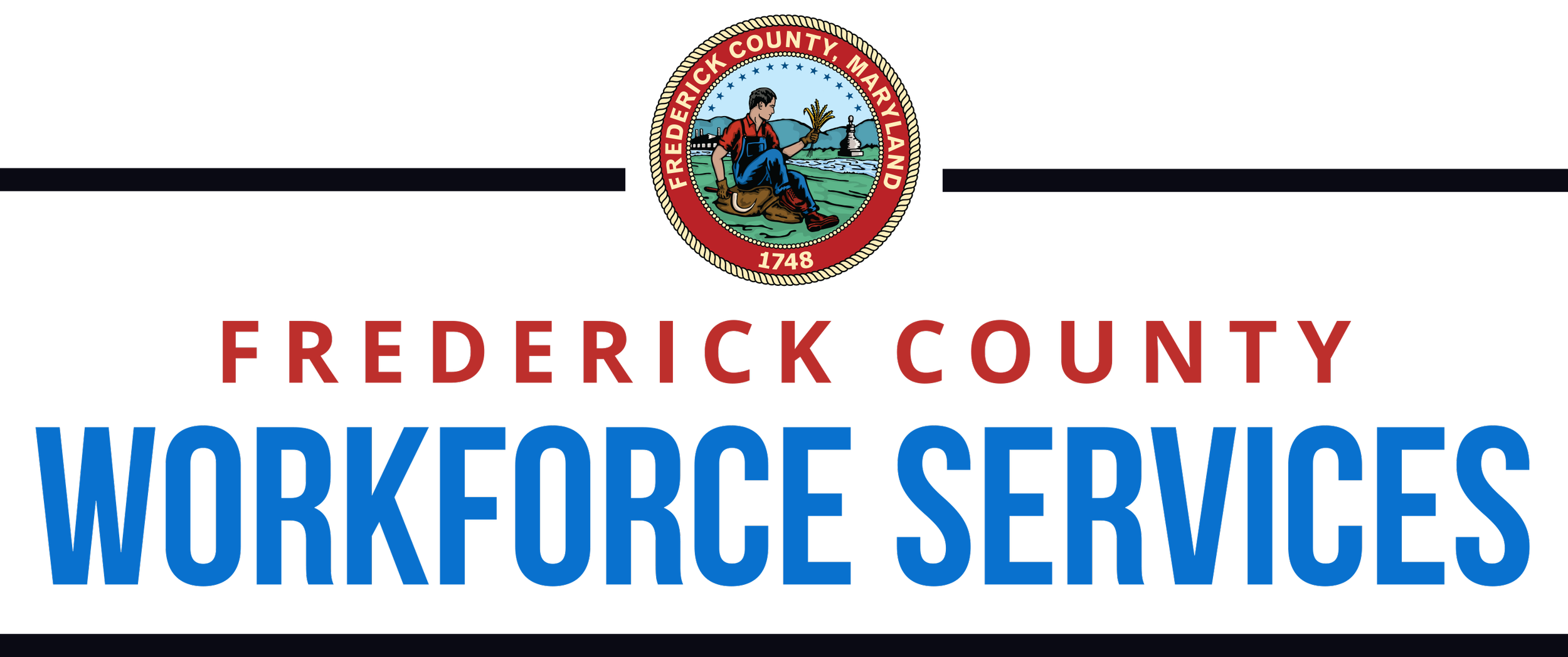Burnout in the Workplace & Strategies to Recover
By Shanna Dextradeur, Program Assistant, Employment & Training Services Team
We all want to do our best to meet deadlines, support our teams, take on challenges, and grow in our careers. But when the workload never eases and the pressure is constant, exhaustion can set in. Burnout is a state of emotional, mental, and physical fatigue caused by prolonged or repeated stress. In many cases, the root of that stress lies in the workplace.
Addressing and preventing burnout isn’t just good for the individual. It is essential for creating healthy, productive, and sustainable work environments. When individuals feel supported, valued, and balanced, they are more productive, more likely to stay with their organizations, and better able to contribute in meaningful ways.
Here’s how individuals and workplaces can recognize burnout and take steps to prevent it.
What Does Burnout Look Like?
Burnout often develops slowly, making it hard to recognize at first. Some of the most common signs include:
Constant fatigue or low energy, even after rest
Difficulty concentrating or completing tasks
Irritability or detachment from work
Decreased motivation or performance
Headaches, sleep problems, or other stress-related physical symptoms
These symptoms can affect anyone from entry-level employees to senior leadership. They can have serious long-term impacts if left unaddressed.
What Causes Burnout in the Workplace?
While everyone's experience is different, burnout often sources from:
Heavy workload: unmanageable number of tasks with limited time to complete them effectively.
Unrealistic demands: Pressure to meet unreasonable deadlines or performance standards.
Limited control: Having minimal influence over your responsibilities or schedule.
Poor communication: Unclear direction or insufficient feedback from managers and the organization.
Weak leadership: Leaders who offer minimal support, guidance, or recognition.
Lack of appreciation: Feeling undervalued or overlooked for contributions.
Unhealthy workplace culture: Conflict, negativity, tension or bullying in the work environment.
Work-life imbalance: Difficulty separating work from personal life due to long hours or constant connectivity
Frequent change: Regular shifts in direction or priorities that disrupt stability
The good news is that it can be improved with the right awareness, systems, and support.
How to Prevent Burnout: Strategies That Work
Set Clear Boundaries: Whether you work remotely or on-site, it’s important to define your workday. Avoid checking email outside of work hours, take regular breaks, and make time for rest and personal activities. Your time outside of your workplace matters.
Prioritize Workload Management: Learn to distinguish between what is urgent and what is important. Stay organized by using resources and don’t hesitate to ask for support or share tasks when necessary.
Build a Support Network: Strong workplace relationships makes a big difference. Connect with colleagues, seek mentorship, and reach out when you’re feeling overwhelmed. Having someone who understands can reduce stress and the feeling of isolation.
Focus on Self-Care: Healthy habits are essential for managing stress. This includes getting enough sleep, eating nutritious meals, exercising regularly, and practicing mindfulness. Even small daily routines can lead to long-term resilience.
Speak Up When You Need Support: If you’re struggling, reach out to your manager or HR. Be honest about your challenges and advocate for resources or accommodations that can help. Burnout thrives in silence, but you don’t have to go through it alone.
Celebrate Progress, Not Just Productivity: Recognize your own efforts, even the small ones. It’s easy to focus on unfinished tasks instead of how much you have accomplished. Managers can support by providing regular feedback and acknowledging wins, big or small.
What Employers Can Do?
Preventing burnout isn’t just an individual responsibility. Organizations play a role in creating systems and cultures that support employee well-being.
Organizations can:
Encourage flexible work arrangements and time off
Provide access to mental health and wellness resources
Allow employees to create boundaries
Promote realistic expectations and sustainable workloads
Create opportunities for employee input, autonomy, and growth
Provide recovery time and breaks
Provide feedback and transparency
When organizations invest in well-being, the results are clear: stronger morale, higher performance, and better retention.
Burnout is inevitable, it is a sign that change needs to happen. By acknowledging the signs early, taking steps to sustain stress, and creating a supportive workplace culture, both individuals and organizations can create healthier and more manageable ways of working. When well-being is prioritized, both organizations and individuals benefit. The outcome is not just reduced burnout, but stronger engagement, better performance, and workplaces where individuals can truly thrive.
Sources:
Muldoon, Christine. “How to Prevent & Reduce Burnout in the Workplace: 11 Ways.” WebMD Health Services, 17 Mar. 2025
Muldoon, Christine. “Stress and Burnout in the Workplace.” WebMD Health Services, 29 Apr. 2025
